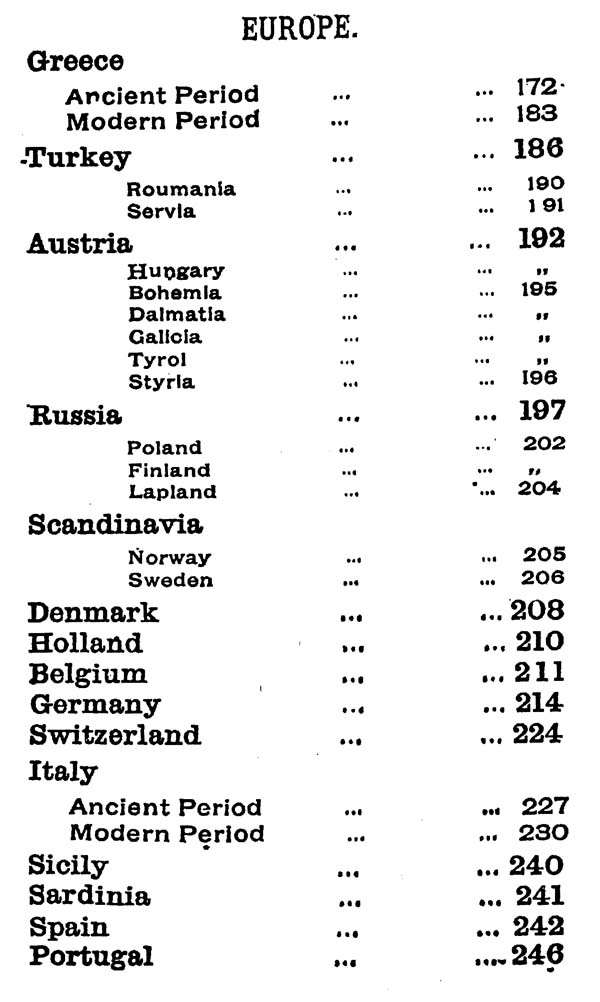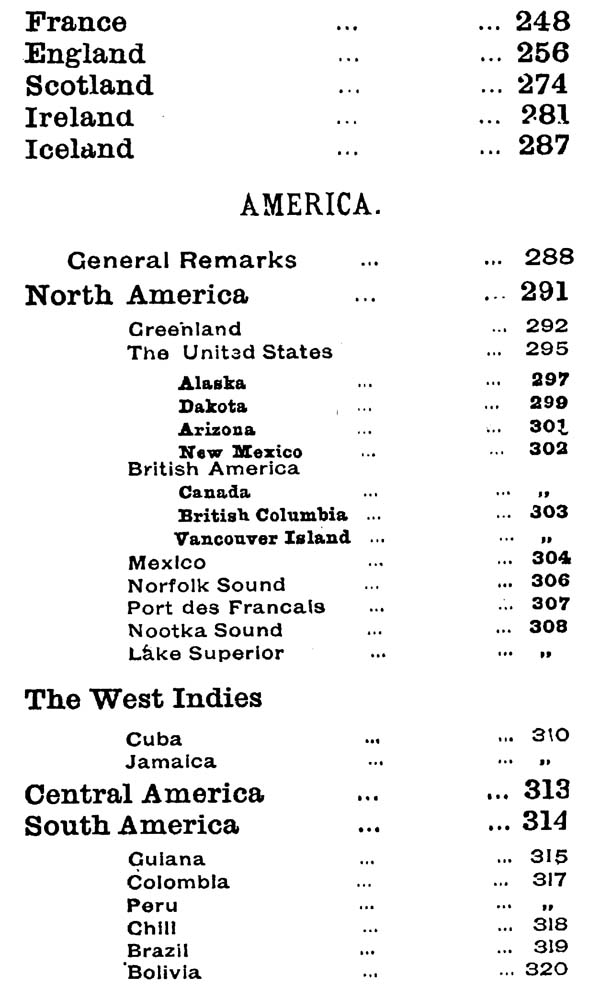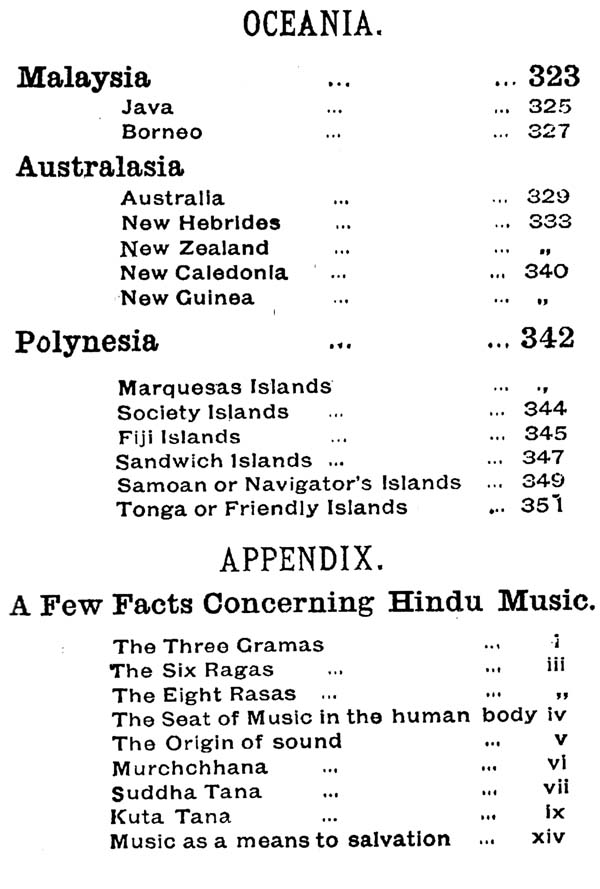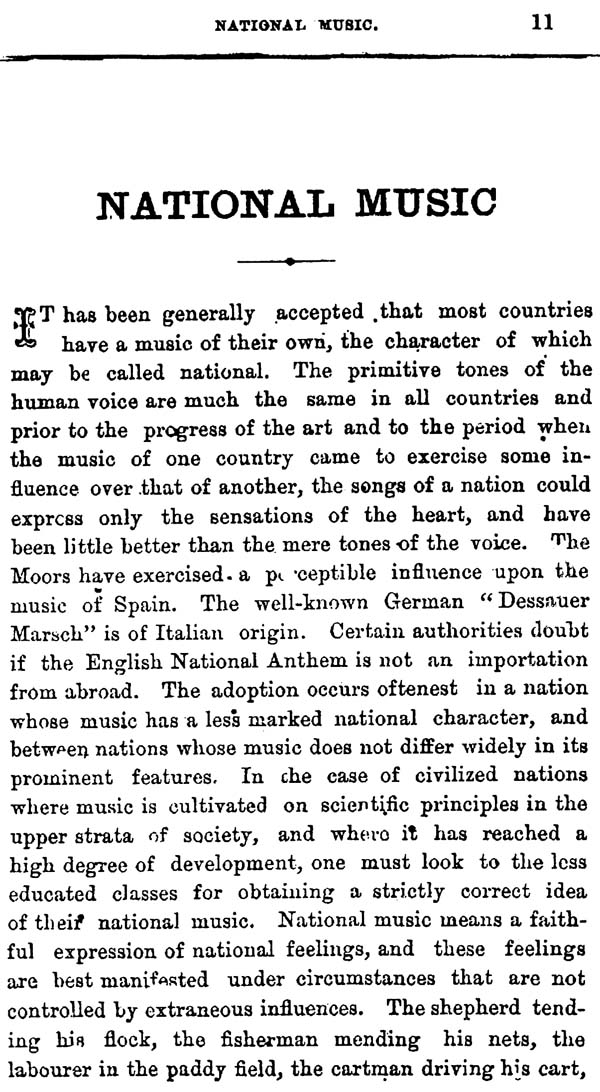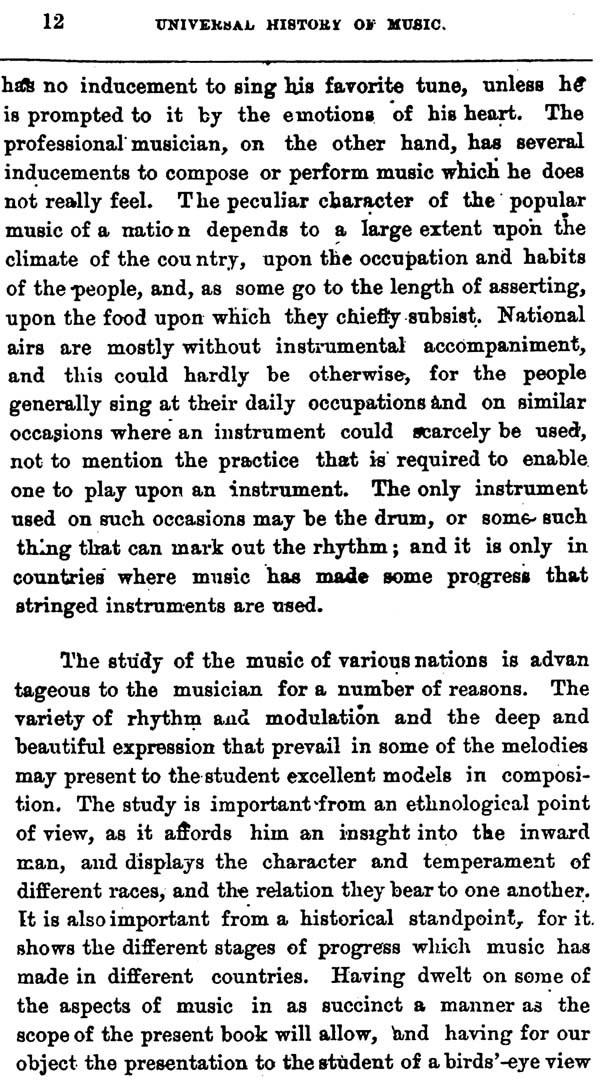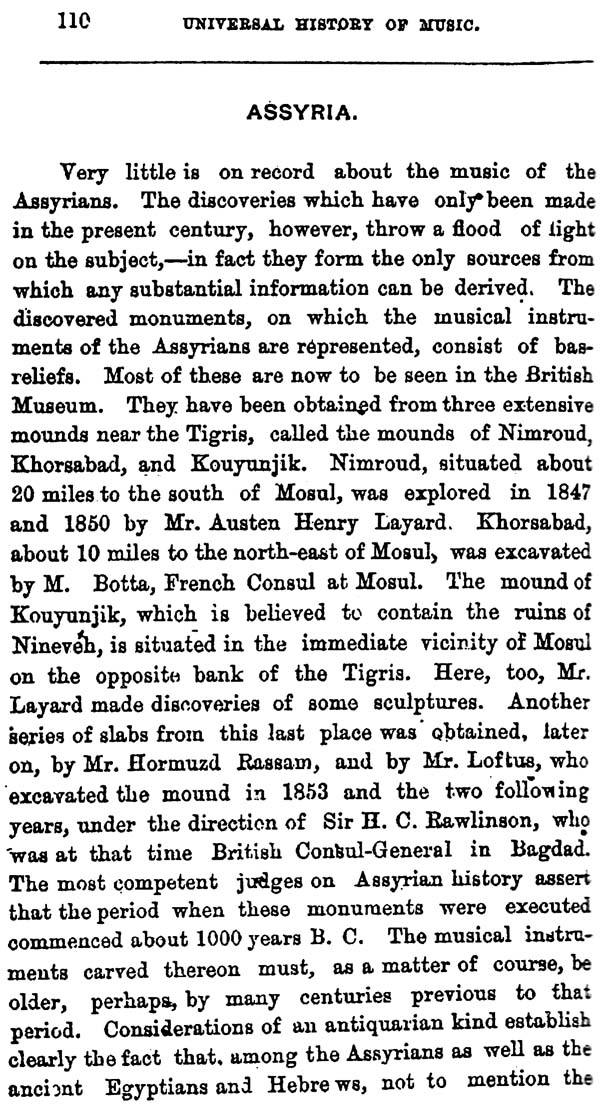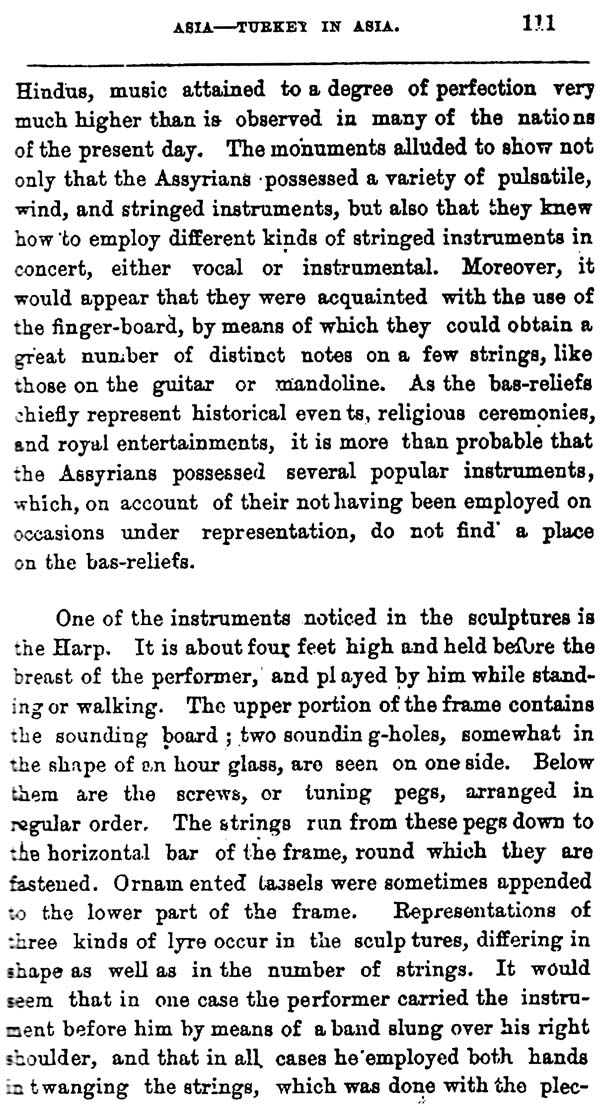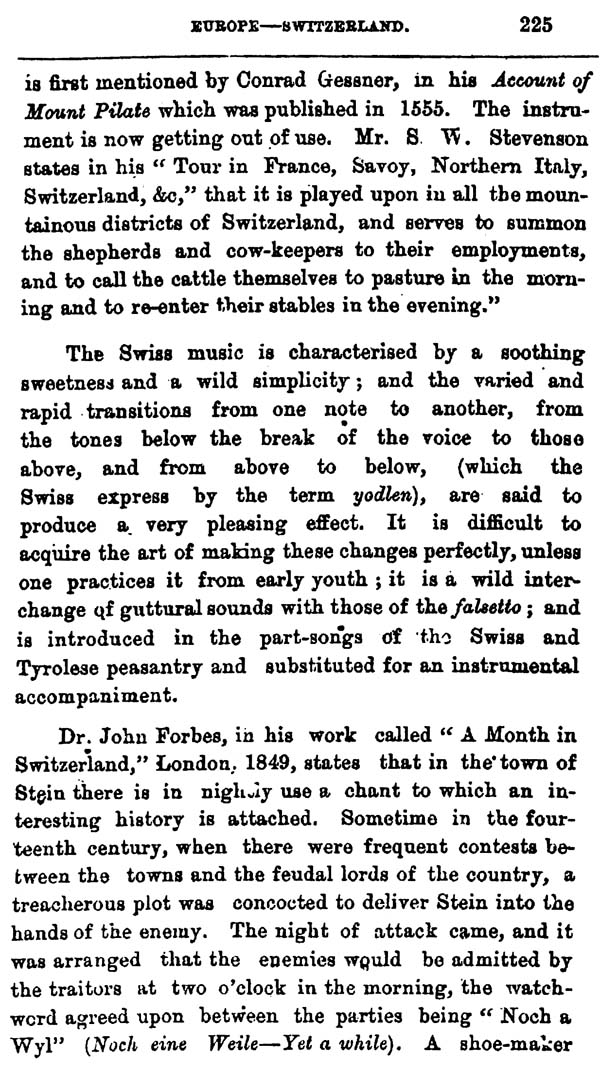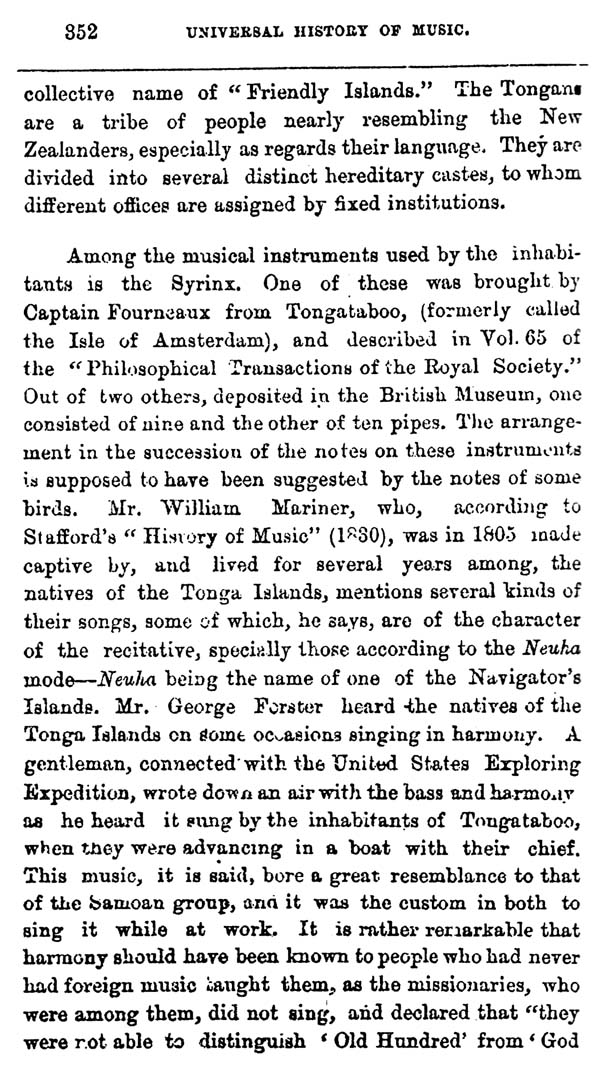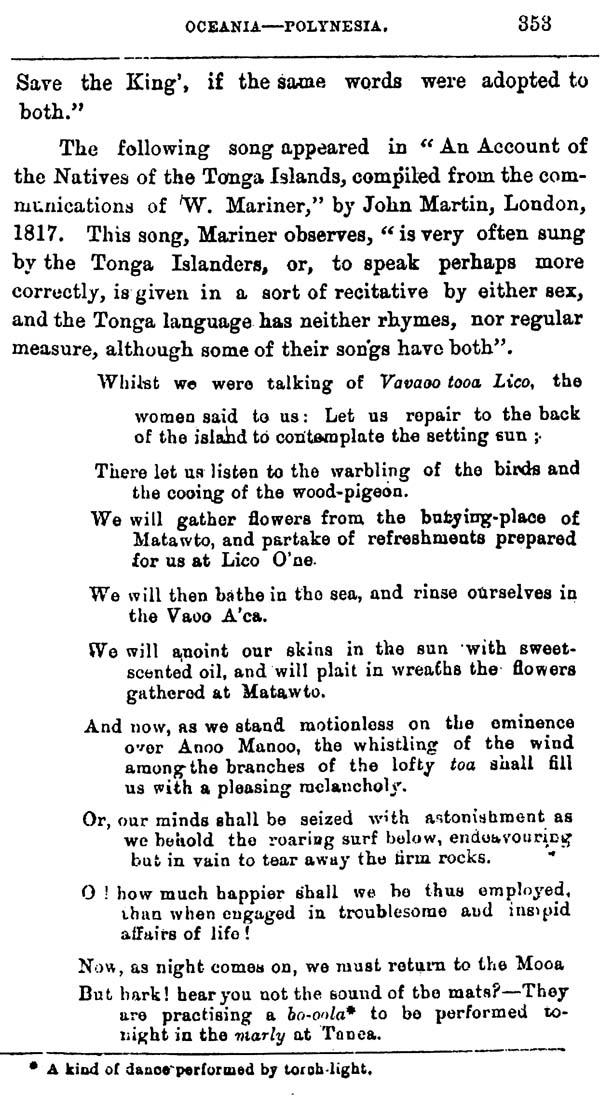
Universal History of Music
Book Specification
| Item Code: | NAV156 |
| Author: | S.M. Tagore |
| Publisher: | Sanjay Prakashan |
| Language: | English |
| Edition: | 2021 |
| ISBN: | 9789388107136 |
| Pages: | 374 |
| Cover: | HARDCOVER |
| Other Details | 9.00 X 6.00 inch |
| Weight | 700 gm |
Book Description
Music pervades all nature. It is co-eval with the creation. There is nothing in nature that arouses our attention or affects our feelings so quickly is a sound. The murmuring of water, the sighs of the zephyrs, the whispers of the evening breeze, the roar of the storms, the chirpings of the birds, the cries of the animals, the hum of distant multitudes, and the concussion of sonorous bodies, excite in our minds feelings of pleasure, pain, or fear, and contain in them the germs of music. A musical sound is a noise no doubt, but every noise is not a musical sound.
There is a marked difference betweenthe two Noise is a confused combination of sounds resulting from the concussion of non-elastic bodies; musical sound is a pure harmonious effect, produced from a simple elastic body, such as the tone of a bell. It flies further and is heard at a greater distance than a noise. The musical instruments played at a gathering may be heard at a distance of a mile, but the noise made by the people at the gathering, however overpowering it may be on the spot, is scarcely audible at a similar distance. Sound (Sanskrit, Nada) has been described as either inarticulate (Dhanyatmaka), or articulate (Varnatmaka). Itstrumental music is eonsidered inarticulate, and vocal music articulate. By the curious structure of the vocal organs, man is capable of making a greater variety of tones than any other animal, and has at his disposal the power of giving expression to every emotion. The human voice, in its tone and accent, is undoubtedly the purest and most sonorous of any which distinguishes the vocal animals. In those countries where man may be said, like a plant, to grow and flouish, the voice expands, ripens, and attains to perfection; but in the Northern and colder regions, where the mouth is more constantly kept closed, the voice is restricted and escapes with difficulty.
The following ‘pages furnish an account of the music of various nations, civilized or uncivilized, on the face of the habitable globe. It must be acknowledged, however, that this treatise does not pretend to be exhaustive, nor are the descriptions characterised by a uniformity of system in the manipnlation of the subjeot. Specimens of the songs of different nations have been given in this book, not only because Music and Poetry are, according to Sanskrit lore, presided over by one and the same deity, Sarasvati, and are, therefore, intimately connect- ed with each other, but ajso because an acquaintance with the spirit of a nation’s songs facilitates the understanding of the spirit of its musicand poetry which are but the outward expression of the inner workings of a nation’s heart.
A few facts concerning Hindu musio are given a place in the Appendix. To enter into details of the kind in the body of the work would be going beyond its general scope.
My acknowledgments are pre-eminently due to the authors of the several valuable works from which I have gleaned the materials for this compilation. They have been alluded to in some portion or other of the book. To those whom 1 may have omitted to mention by name and to others, including editors of Encyclopedias, Musical Dictionaries and Gazetteers, and publishers of general history and geography ' take this opportunity of tendering my grateful thanks.
Music pervades’all nature. It is co-eval with the creation. There is nothing in nature that arouses our attention or affects our feelings so quickly us a sound. ~The murmuring of water, the sighs of the zephyrs, the whispers of the evening breeze, the roar of the storms, the chirpings of the birds, the cries of the animals, the hum of distant multitudes, and the concussion of sonorous bodies, excite in our minds feelings of pleasure, pain, or fear, and contain in them the germs of music. A musical sound is a noise, nu doubt, but every noise.is not a musical sound. There is a marked difference between the two. Noise is a confused combination of sounds resulting from the concussion of non-elastic bodies ; musical sound is o pure harmonious effect, produced from a sample elastic body, such as the tone of a bell. It flies further and is heard at a greater distance than .a noise. The musical instruments played at a gathering may be heard at a distance of a mile, but the noise made by the people at the gathering, however overpowering it may be on the spot, is scarcely audible at a similar distance. Sound (Sanskrit, Ndda) has been described as either inarticulate (Dhanyatmaka), or articulate (Varnatmaka). Instrumental music is considered inarticulate, and vocal music articulate. By the curious structure of the vocal organs, man is capable of making a greater variety of tones than any other animal, and has at his disposal the power of giving expression to every emotion. The human voice, in its tone and accent, is undoubtedly the purest and most sonorous of any which distinguishes the vocal animals. In those countries where man may be said, like a plant, to grow and flourish, the voice expands, ripens, and attains to perfection; but in the Northern and colder regions, where the mouth is more constantly kept closed, the voice is restricted and escapes with difficulty. Hence it is that the Afghan, Dutch and similar other languages are so guttural that in the delivery of some of their words, the speakers seem as if they are choked; and hence it is that in India, Greece, Italy and other Southern countries, the climate of which is noted so much for its beauty and mildness, the vocal art has risen to so much fame.
Time plays an important part in music, and like music itself is born in nature.* The vibrations of the pulse or the manner of our walking furnishes correct notions of time. If we listen to the sound of our own step, we find it equal and regular; corresponding with what is called ordinary time in music. Probably the time in which we walk is regulated by the action of the heart, and those who step alike have pulses. beating in the same time. Soldiers are compelled to preserve an exact pace, when marching in a body. Armies are moved with the greatest regularity in the time of a march which is always in common time.- Artisans, such as smiths, tailors, and paviors, who work in unison with the pulse, acquire accurate habits of keeping time. Stage- coachmen have the faculty of ascertaining the lapse of time, almost with the regularity of a watch, by an attention to the pace of their horses. Sir Gore Ousley says that the Persians vary the rhythm in so masterly a manner that their music not only pleases the ignorant, but even the learned. The most effectual and ready way to acquire a knowledge of musical time is that of playing in concert; and the larger the band, the greater is the chance of its being correctly kept.
The mere recurrence of sounds at regular intervals does not, represent all the properties of musical sound. Accent is necessary to add beauty and grace to the time, such as rhythm and ear will approve. The ear takes no pleasure in listening to a series of monotonous sound it tires and grows weary with the uniformity. Owing to the peculiar structure of the ear, it is unfitted ta receive two sounds of equal force in succession. The different decrees of loud and soft constitute one of its greatest pleasures. An accented gored invariably degrives the following out of its energy, and this is only natural, for after the weight of voice has been thrown up.u the accented note, the next one is uttered under some degree of exhaustion and is rendered weaker in consequence. If we listen to the trotting of a horse or the tread of our own feet, we cannot fail to notice that each alternate step is louder than the other, and here nature furnishes us with the idea of accent. The musical measures of a nation are mostly founded -on the tire which they generally adopt in the ordinary pursuits of life. It has already been remarked that the walking pace of a mam is in common time, and that armies are always moved in this measure. In Venice where the people are constantly moving upon the water, the oars are thrown in the movement of triple time, which is speedily communicated to the wave ; and hence it is that all their celebrated airs and barcarolles are written in triple time. Rousseau says that these aire are composed and sung by the gondoliers and have so much melody and an accent so pleasing that there is scarcely a musician in Italy who does not insist upon knowing or singing them.


